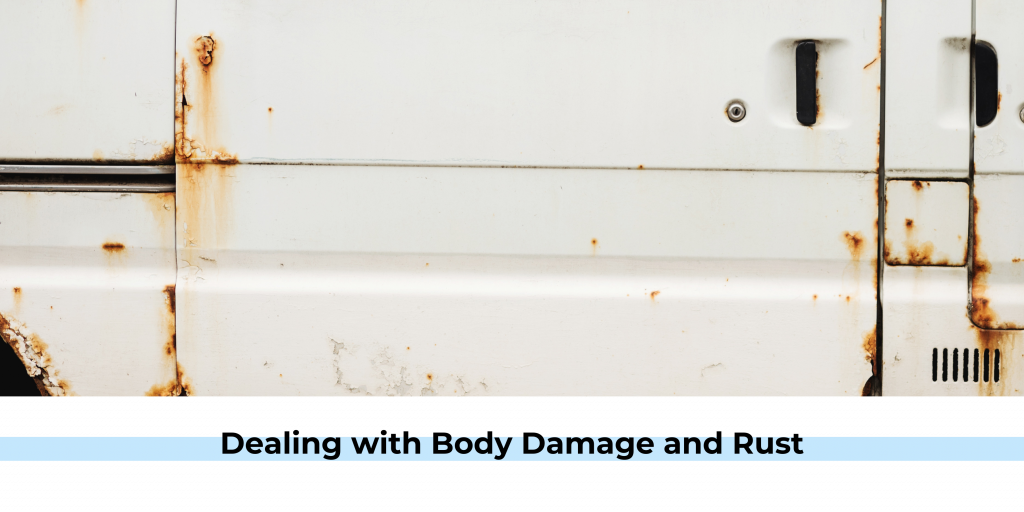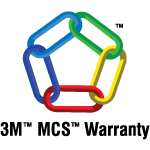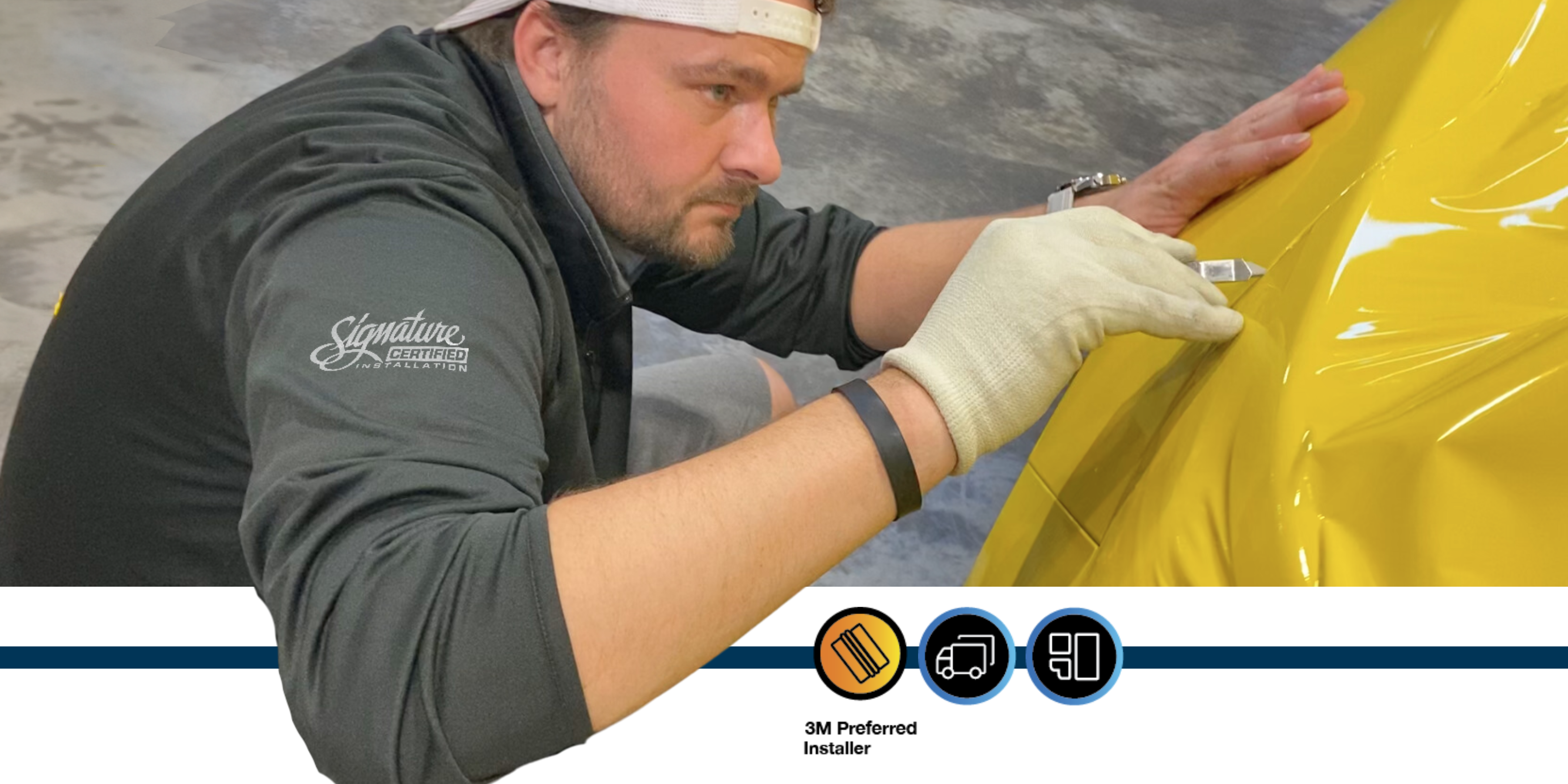Applying vehicle wraps requires specific body conditions to ensure a smooth, long-lasting finish. From waiting for newly painted vehicles to cure to understanding how wraps can protect the original paint, this guide covers all you need to know for a flawless vehicle wrap.
Ensuring a Flawless Finish
Vehicle wraps and branding graphics have become a popular choice for personalizing and advertising on cars. However, achieving a perfect application requires more than just sticking on the graphics. In this guide, we’ll dive into the necessary body conditions to ensure your vehicle wrap adheres properly and lasts as long as possible. We’ll discuss the importance of waiting for newly painted vehicles to cure, dealing with body damage and rust, and how wraps can actually protect your vehicle’s paint.

The Importance of Full Cure Time
Newly painted vehicles might look ready for a wrap, but it’s crucial to wait for the paint to fully cure before applying any graphics. Fresh paint can take anywhere from a few days to several weeks to completely cure, depending on the type of paint and environmental conditions.
Why wait?
- Adhesion Issues: If the paint hasn’t fully cured, the adhesive on the wrap may not stick properly, leading to bubbles, peeling, and an uneven finish.
- Paint Damage: Applying a wrap too soon can damage the paint, pulling off layers or causing discoloration.
Recommended Wait Times
- Acrylic Enamel Paint: Typically 1-3 weeks
- Urethane Paint: Often needs at least 30 days
To be safe, always consult with your paint provider to understand the specific curing time for your vehicle’s paint type.

The Impact of Imperfections
A vehicle’s surface condition plays a significant role in the success of a wrap application. Body damage, rust, and even small dents can cause major issues.
Body Damage
- Texture Matters: Wraps conform to the exact texture of the vehicle. Any dents or scratches will be clearly visible, potentially ruining the intended smooth look of the wrap.
- Repair First: It’s essential to fix any body damage before applying a wrap. This ensures the wrap lays flat and maintains its design integrity.
Rust
- Adhesion Problems: Rusty areas do not provide a good surface for the adhesive. The wrap can lift and peel off from these spots.
- Spreading Rust: Covering rust without treating it can trap moisture, causing the rust to spread more quickly under the wrap.
Steps to Take
- Inspect the Vehicle: Before wrapping, thoroughly inspect the vehicle for any signs of damage or rust.
- Repair as Needed: Address any imperfections, repair dents, and treat rust.
- Smooth Surface: Ensure the vehicle’s surface is as smooth as possible for the best adhesion and appearance.

Preserving Your Paint
One of the lesser-known benefits of applying a full vehicle wrap is the protection it offers to the original paint.
Protection from Scratches and Sun Damage
- Scratch Guard: The vinyl used in wraps is durable and can absorb minor scratches and dings, preventing them from reaching the paint underneath.
- UV Protection: High-quality wraps include UV protection, shielding your paint from the sun’s harmful rays that can cause fading and oxidation.
Resale Value
- Preserving the Original Paint: Since the wrap acts as a protective layer, the paint underneath remains in pristine condition. When the wrap is removed, the vehicle looks almost as good as new.
- Higher Resale Value: A vehicle with well-preserved paint generally has a higher resale value, making wraps a smart investment.
Conclusion
Applying vehicle wraps isn’t just about aesthetics; it’s about ensuring the vehicle’s body is in the right condition for a smooth, durable application. By waiting for new paint to cure, repairing any body damage, and understanding the protective benefits of wraps, you can achieve a flawless finish that not only looks great but also preserves the value of your vehicle. Always take the time to prepare your vehicle properly, and you’ll reap the benefits of a stunning and long-lasting wrap.

We proudly use 3MTM graphic films and overlaminates.
